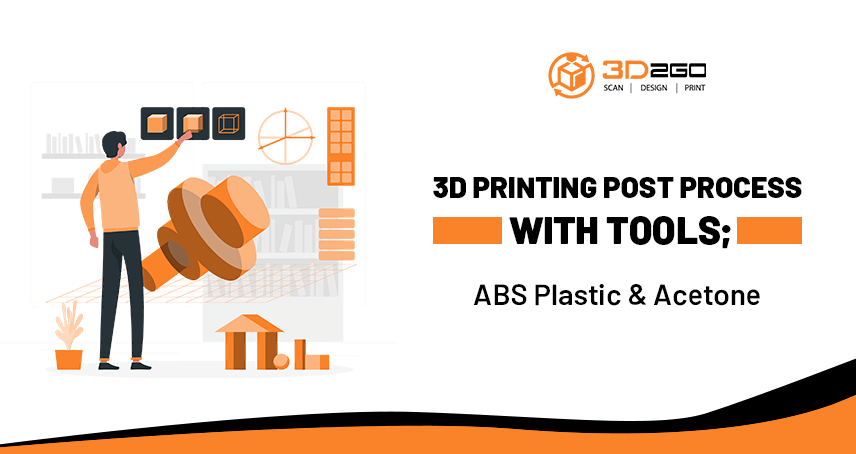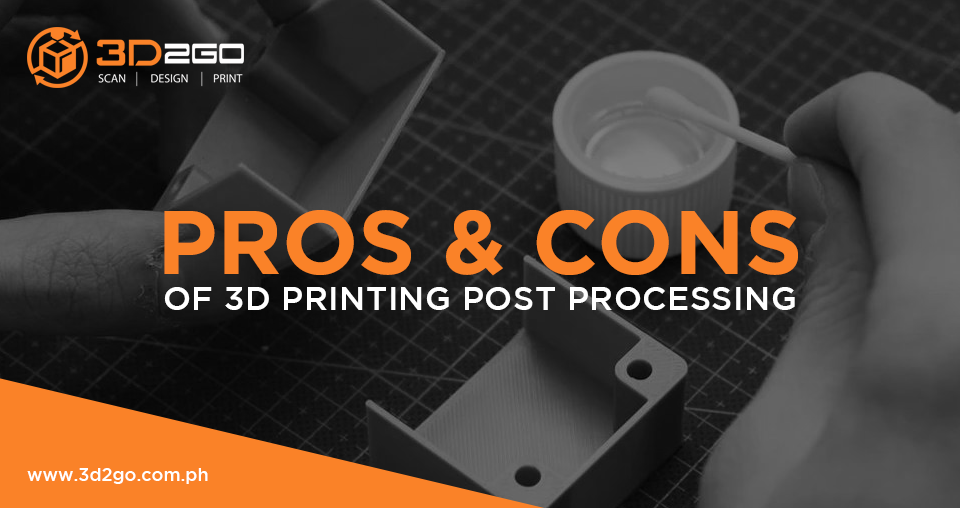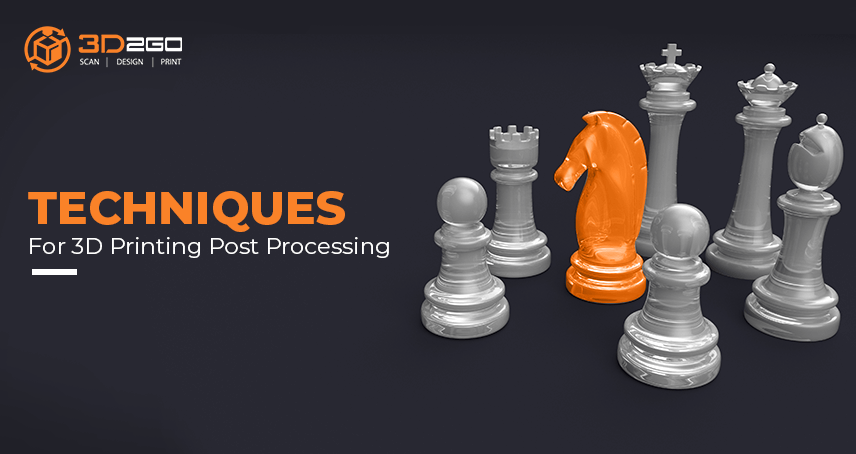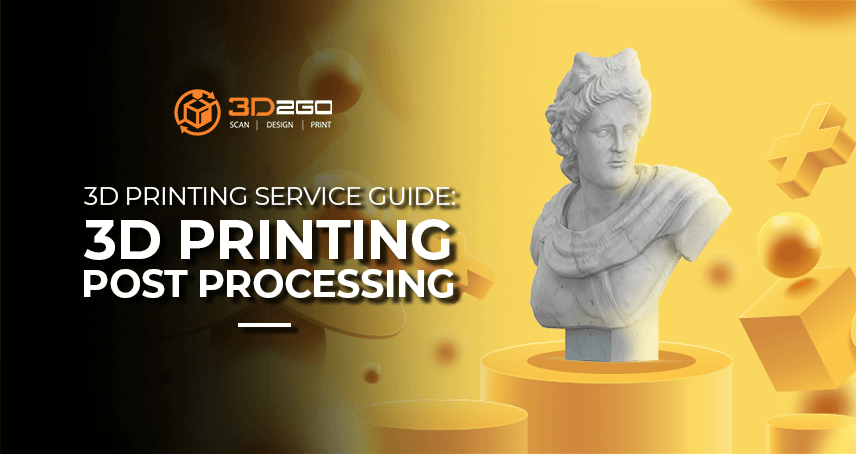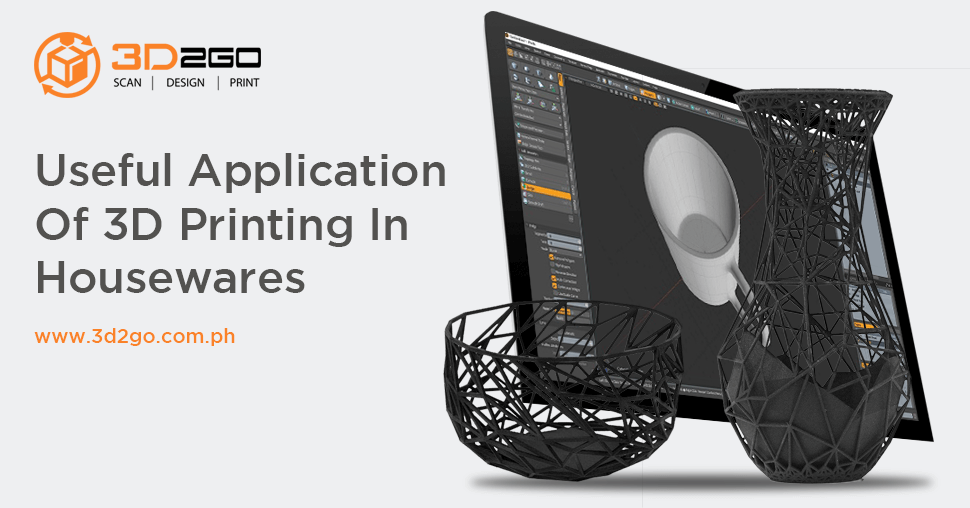
Useful Application Of 3D Printing In Housewares
June 27, 2022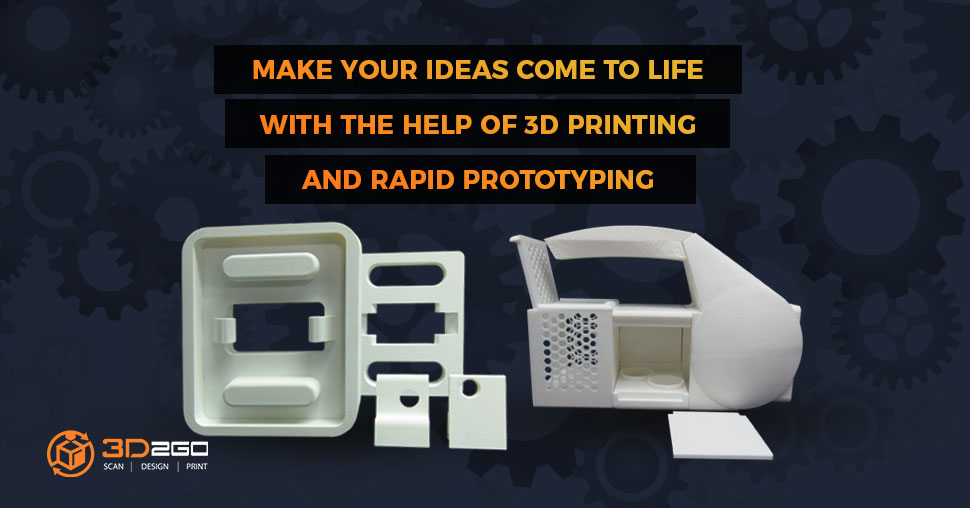
Prototyping Through 3D Printing
June 28, 2022How to finish 3d prints with different tools
Even though 3D printers are constantly becoming better, there are still all kinds of printing errors that can occur. Some helpful finishing tools are:
Knife tip
Cutting and removing sections including the removal of supports, brims, and rafts from your 3D print. Includes special coating to prevent plastic from sticking to the tip.
Needle tip
Great for clearing small holes and features or for detailed layer refinements in hard to reach places. Includes special coating to prevent plastic from sticking to the tip.
Scoop tip
Perfect to remove stringing and imperfections from inside holes or recesses. Can also be used to blend surfaces. Includes special coating to prevent plastic from sticking to the tip.
Point tip
General purpose tip for larger internal features and holes. Can even be used for making holes after printing! Includes special coating to prevent plastic from sticking to the tip.
3d print finishing with ABS plastic
First off, what is ABS material?
ABS filament is neither biodegradable nor made from renewable resources. It may not be toxic in printed form. But it decomposes into butadiene, acrylonitrile, and styrene. Such elements are not safe for inhaling. Some advantages are:
- Material is strong, tough, and durable.
- Offers good resistance to heat and everyday chemicals.
- A great choice for wear-and-tear prints.
- Easily painted with acrylic colors.
Such material is perfect for:
- Lego bricks
- Keyboard keycaps
- Automotive components
- Protective headgear
ABS is usually smoothened with the help of acetone.
Although ABS is often quite tricky to work with, it has the great advantage that it can still be smoothed with acetone after 3D printing. This is comparable to post-production in the film industry.
In 3D printing, acetone represents a colorless solvent that is actually mainly used for cleaning purposes. This effect can be utilized in steam smoothing, but also in other methods around smoothing ABS 3D prints. The process completely and totally removes all visible layer lines, resulting in a smooth and clean surface. The 3D printed part then looks more like an injection molded object, not like it just came out of a 3D printer.
Polishing abs plastic with acetone in different ways
Creativity and the spirit of discovery play an overriding role in 3D printing. The industry is characterized by increasingly modern technologies and constant change. It is not surprising that there are also several options for smoothing ABS 3D prints.
Apply Acetone with a Brush
There are a lot of different ways to apply solvent to a material. The simplest is to apply the acetone to the 3D print with a brush. The problem is that a large proportion of the acetone is usually used up. As a result, the desired effect is rarely achieved. The surface can never be as smooth and glossy as it is with a steam bath with acetone. There is also a risk of white spots appearing and remaining on the surface.
Acetone Bath
Another option is to immerse the 3D print in an acetone bath. However, this variant is also not recommended especially for beginners. After all, there may be various problems that arise when handling the object.
- Firstly, the project is normally touched when it is removed from the bath. This can damage the surface.
- What’s more, the solvent can escape inside the model, causing even more damage.
- Lastly, it is enormously difficult to estimate the ideal immersion time. If the object is bathed for too long, it will be contaminated by dissolved plastic.
Objects which are to be smoothed in a bath of acetone often twist strongly. In some cases, it is possible to quickly dip an object in acetone to get a polished surface. However, it can just be very messy and not give consistent results.
Acetone Steam Bath / Vapor Smoothing
When smoothing ABS 3D prints, one option stands above all others. By far the best way to smooth a 3D print is to expose it to the fumes of the solvent. The steam picks up the advantages of an acetone bath and at the same time does not have the same disadvantages.
ABS acetone steam smoothing is relatively easy to perform, but some factors must also be taken into account. The keyword here is control. You have a lot more of that here than with an acetone bath. Since the vapors can reach all exposed surfaces equally, there are fewer areas that are melted unevenly. There are also no drainage channels or drip marks on the surface of the object, which in turn can be caused by direct contact with acetone liquid.
Of course, safety is important. If you are a beginner or an amateur, you can leave the whole finishing process with our 3D2GO professionals.
Send us your files for restoration in our email address management@my3d.com.ph.
You can also reach us through our Facebook and Instagram pages today!
So what are you waiting for? Get in touch with us!


